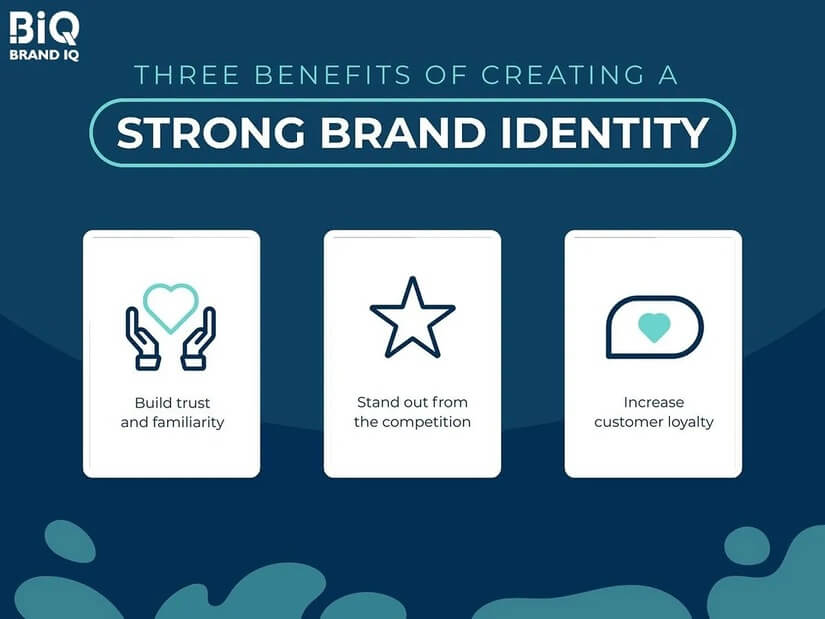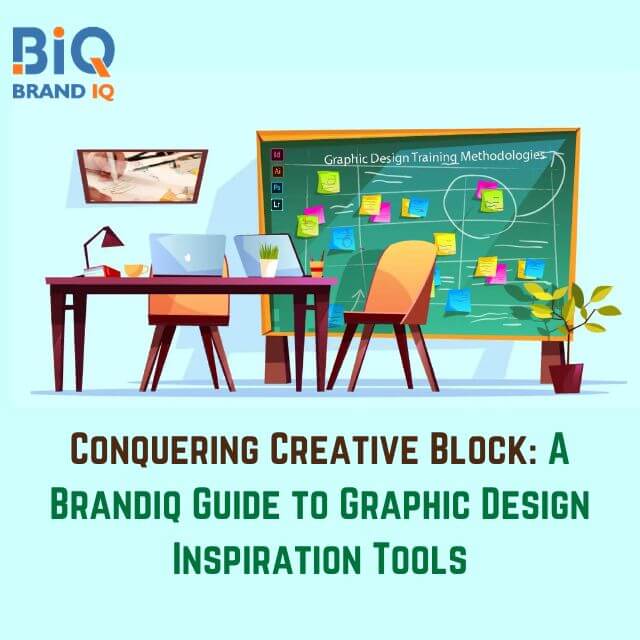Finally, consistency is key when it comes to creating a strong brand identity through design. Ensure that all of your branding materials are consistent across all channels, including your website, social media profiles, and offline materials. By following these steps, you can create a strong and recognizable brand identity that resonates with your target audience and helps to build trust in your brand.
- 1. Define your brand’s values, personality, and target audience: Before you start designing your brand identity, it’s important to have a clear understanding of your brand’s values, personality, and target audience. This will help you create a design that resonates with your target audience and communicates your brand’s unique identity.
- 2. Choose a color palette and typography: Selecting a color palette and typography that align with your brand’s values and personality is essential for creating a strong brand identity. Choose colors and fonts that are consistent across all of your branding materials.
- 3. Create a logo: A logo is a visual representation of your brand, and it’s an essential part of your brand identity. Your logo should be simple, memorable, and easy to recognize. Make sure it works well in various sizes and applications.
- 4. Develop a visual style guide: A visual style guide is a set of guidelines that define how your brand should be visually represented. It includes information on typography, color palette, logo usage, and more. This helps to ensure consistency in your branding materials across all channels.
- 5. Use imagery and graphics that align with your brand’s values and personality: The imagery and graphics you use in your branding materials should align with your brand’s values and personality. This includes everything from the photography and illustrations to the design of your website and social media posts.
- 6. Consistency is key: Consistency is crucial for creating a strong brand identity. Make sure all of your branding materials are consistent across all channels, including your website, social media profiles, and offline materials.




